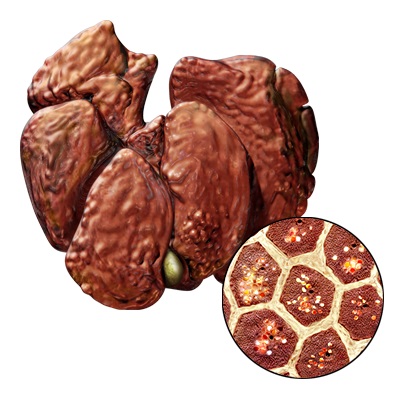End Stage Liver Disease

The liver is a vital organ and is present next to the stomach, against the diaphragm in the abdominal cavity.
The liver has numerous functions to perform to maintain health and metabolism. Some of the major functions performed by the liver include:
- Filtration and detoxification of the blood coming from the intestinal tract and other parts of the body
- Helps in fat metabolism
- Aids in sugar metabolism
- Produces bile which is stored in the gall bladder that emulsifies the fats.
- Synthesis of vitamins and proteins
- Immune regulation
Since the liver receives a huge amount of blood for detoxification and filtration, this puts the liver predisposed to developing inflammation. The liver has a great capacity for regeneration and is capable of repairing itself until there is a chronic inflammation that has caused irreversible damage. Cats with early-stage liver disease may not show overt signs of illness and may get diagnosed incidentally on blood work done during routine checkups. When there is end-stage liver disease, the liver is unable to perform its function. Symptoms include lethargy, diarrhea, vomiting, weight loss, jaundice, and certain behavioral changes. In severe cases, cats may experience seizures. Diagnosis is made based on blood work, ultrasound, and liver biopsy.
At the end stage, it may not be possible to determine the cause of the disease. Treatment includes oral medication including anti-inflammatory, antibiotics, and anticonvulsant medication. Dietary supplements and fluid therapy are also recommended. For a good prognosis, early detection of liver disease is important. Certain breeds are susceptible to developing liver disease e.g., Belington Terriers, West Highland White Terriers. They can get benefit from regular health checkups and by doing routine blood work. Connect with us to discuss your pet’s health needs.
